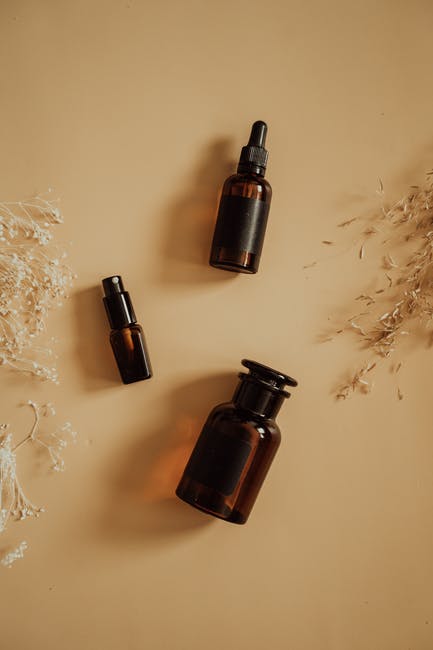18-415 White PP Plastic Tamper Evident Cap with Natural LDPE Orifice Dropper Insert
SKU: GB051802
Our White Euro PP Tamper Evident Ribbed Cap Orifice Dropper Assembly has many features: a white ribbed Non-Child-Resistant PP (Polypropylene) cap, a PP 0.9mm orifice dropper, and an HDPE (High-Density Polyethylene) Tamper Evident Ring. This dropper only fits our 1 oz (30 ml) Euro Dropper Bottles or any bottles with an 18-415 neck. The Tamper Evident ring shows if the product has been meddled with, attaching the Orifice Dropper on the bottle. It allows for steady dispensing for many types of products such as inks, dyes, essentials oils, and more. In addition, the GBO5 Tamper Evident ribbed cap has a tapered ring.
Directions For Use: When you fully screw down the cap, it forces a plastic orifice reducer and inverted dropper tip into the opening of the bottle. When you flip the dropper, It allows for steady dispensing a small amount of product. When the cap is unscrewed, the tamper evident ring is broken and the insert remains inside the bottle opening.
PP (Polypropylene) has very good resistance to fatigue and has an extremely high melting point. (320 degrees Fahrenheit or 160 degrees Celsius)
HDPE (High-density polyethylene) has high strength, good resistance to chemicals, impact resistance, highly rigid, and scratch-resistant.
This item has an 18-415 neck finish. The first number refers to the diameter (in mm), and the second refers to the closure depth, style, and thread. In conclusion, you can pair this dropper assembly with various bottles that match an 18-415 neck finish. Pair this dropper with one of our great “Matching Items” below.

Reviews
There are no reviews yet.